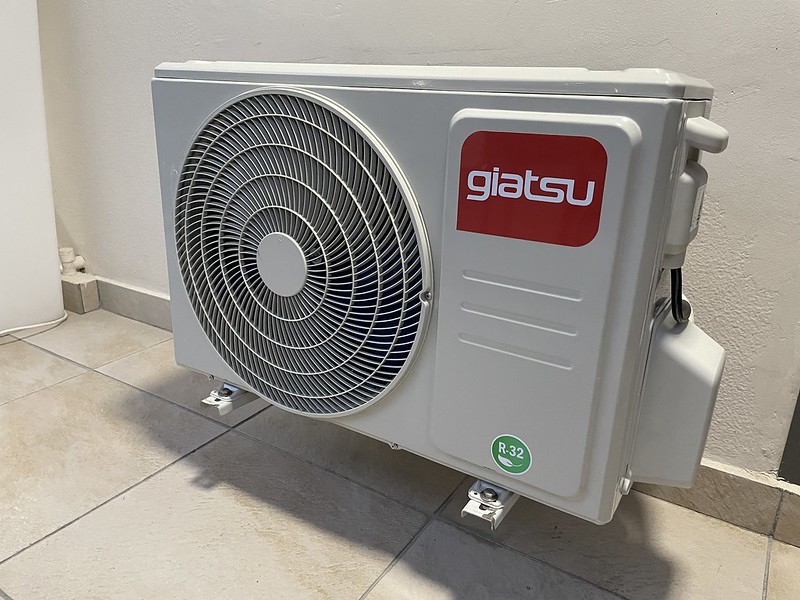The surge load for a mini split refers to the additional electrical load that a mini split air conditioner or heat pump places on a circuit when it is turned on, due to the initial surge of power required to start the compressor and fans. This surge load can be significant, and it is crucial to ensure that the electrical circuit and breaker serving the mini split are properly sized to handle this load.
Defining the Surge Load for a Mini Split
The surge load for a mini split is the temporary increase in electrical current that occurs when the unit is powered on. This surge is necessary to start the compressor and fans, which require a higher amount of power to overcome their initial inertia. The surge load typically lasts for a fraction of a second before settling down to the unit’s normal operating load.
According to the search results, the surge load for a mini split can vary depending on the size and type of the unit. For example, a 12k BTU cooling-only TGM mini-split inverter has a surge load of 0.27 amps on each leg when it is turned on. This surge load is in addition to the unit’s normal operating load, which can also be significant.
Understanding the Normal Operating Load
In addition to the surge load, it is essential to consider the mini split’s normal operating load. A mini split air conditioner with a cooling capacity of 12,000 BTU might have a normal operating load of around 12 amps, depending on the specific model and operating conditions.
When the mini split is turned on, the total electrical load on the circuit serving the unit could be as high as 12.54 amps (12 amps normal operating load + 0.27 amps surge load * 2 legs). This means that the electrical circuit and breaker serving the mini split must be properly sized to handle both the surge load and the normal operating load.
Determining the Proper Circuit and Breaker Size
To ensure that the electrical circuit and breaker serving the mini split are properly sized to handle the surge load, it is crucial to consult the manufacturer’s specifications for the unit. These specifications will typically include the surge current rating for the compressor and fans, as well as the recommended circuit size and breaker rating.
For example, the manufacturer’s specifications for a 12k BTU cooling-only TGM mini-split inverter might recommend a 20-amp circuit and breaker to ensure that the surge load is properly handled. This is because the surge load of 0.27 amps on each leg, combined with the normal operating load of 12 amps, could exceed the capacity of a smaller circuit or breaker.
Importance of Surge Protection
In addition to ensuring that the electrical circuit and breaker are properly sized, it is also essential to consider surge protection for the mini split. Surge protection can help protect the unit from damage caused by power surges and lightning strikes, which can be a common issue with mini splits.
Surge protection can be installed at various points in the electrical system, including at the main panel, at the subpanel serving the mini split, or directly on the unit itself. By installing surge protection, DIY users can help ensure that their mini split is protected from electrical disturbances and operates safely and efficiently.
Technical Specifications and Considerations
When determining the surge load for a mini split, it is essential to consider the following technical specifications and considerations:
-
Compressor and Fan Motor Ratings: The surge load for a mini split is primarily determined by the starting current requirements of the compressor and fan motors. These ratings can vary depending on the size and type of the unit.
-
Voltage and Phase: The surge load for a mini split can also be affected by the voltage and phase of the electrical supply. Single-phase units may have different surge load characteristics than three-phase units.
-
Ambient Temperature: The ambient temperature can impact the starting current requirements of the compressor and fan motors, which can affect the surge load.
-
Refrigerant Charge: The amount of refrigerant in the system can also influence the surge load, as a properly charged system may have different starting requirements than an undercharged or overcharged system.
-
Electrical Supply Quality: The quality of the electrical supply, including factors such as voltage stability and harmonic distortion, can also impact the surge load characteristics of a mini split.
-
Electrical Code Requirements: It is essential to ensure that the installation of the mini split and its associated electrical components comply with local electrical codes and regulations.
By considering these technical specifications and factors, DIY users can better understand the surge load characteristics of their mini split and ensure that the electrical system is properly sized and protected.
Conclusion
The surge load for a mini split is a critical factor to consider when installing and operating these units. By understanding the surge load, its impact on the electrical system, and the importance of proper circuit sizing and surge protection, DIY users can ensure that their mini split operates safely, efficiently, and without the risk of electrical damage.
References:
– Mini Split AC Unit Consuming Electric Power When Off
– Do Minisplits Need a Voltage Regulator/Surge Protector?
– Surge Protection for Mini Splits
– Dead Mini Split Install Whole Home Surge Protector

